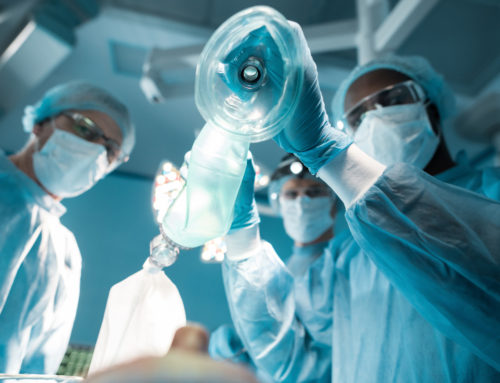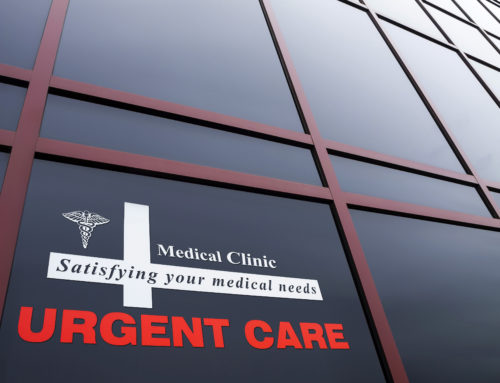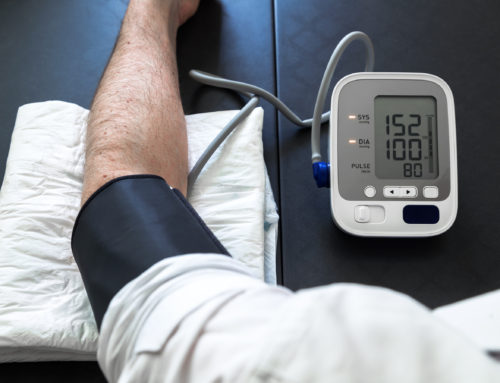Sudden infant death syndrome (SIDS) is the unexplained death of a healthy baby. Physical factors associated with SIDS include low birth rate, respiratory infection and brain defects. In addition, environmental factors, such as sleeping on the stomach and sleeping on a soft surface, can block the airways and increase the risk of SIDS. SIDS is a traumatic experience for any family. And even though SIDS deaths have decreased by 50 percent over the last two decades, it still remains the leading cause of death for infants 1 month to 1 year of age.
To help spread SIDS awareness in the United States, the American Academy of Pediatrics (AAP) puts out a “How to Keep Your Baby Sleeping Safe policy. It includes tips like placing your baby on the back for naps and night sleeping, using a firm sleep surface, keeping soft objects, including pillows, out of the baby’s bed and not allowing smoking around your baby. Smoking is a major risk factor for SIDS. The American SIDS Institute is dedicated to the promotion of infant health and does research for the cause of SIDS, educates the public and medical community about prevention methods for SIDS and offers family support.
It is important to note that “SIDS is not a uniquely ‘identifiable disease’; it is a diagnosis of exclusion that should only be applied to the death of an infant after an adequate postmortem investigation—including an autopsy, a mandatory investigation of the death scene and an exploration of a possible family history—has provided no explanation. Indeed, the term ‘sudden unexplained death in infants’ is being increasingly used as it becomes evident that a number of deaths that were formerly termed SIDS were actually accidental suffocation, homicide, cardiac arrhythmias or inborn errors of metabolism.
SIDS and Medical Malpractice: Finding that Connection
However, in some cases, SIDS deaths are a result of injuries or birthing malpractice sustained at birth. There may be medical malpractice. Medical malpractice which causes SIDS may be due to negligent spinal cord injuries, hypoxia or prolonged in utero stress. With negligent spinal cord injuries, blood is typically found in the baby’s spinal cord. If an infant had limited oxygen during birth, it may have resulted in damaged lungs. Weak lungs increase the chance of asphyxia during infancy. Prolonged in utero stress can result in brain damage. It can cause limited communication between the respiratory muscles and brain. The end result may be sudden asphyxiation weeks later.
Proving a Medical Malpractice Case: It’s an Uphill Battle
There are times when a doctor may not perform with the standard level of proficiency. But, proving medical malpractice and its relation to SIDS is tough. You must establish that the standard duty of care was not carried out. Specifically, you must be able to prove breach of duty. Causation must also be established. It must be shown that negligence was the direct cause of SIDS. You’ll also need an expert medical witness to testify that the negligence was the direct cause of SIDS. Turn to Dr. Mallory for your expert medical witness. “Dr. Edward Mallory is a residency-trained, board-certified emergency medicine physician and medical expert witness. Although he is a practicing doctor in several hospitals, the primary function of his medical expert witness business is to provide his expertise in the courtroom in order to support his clients’ testimonies. He is hired by people who believe they have been a victim of medical malpractice. He gives written or oral testimonies and “expert opinions” and his interpretation or medical record review is crucial in cases of the law involving medicine.”
If you or a loved one has been the victim of medical malpractice, you’ll also need to speak with an experienced malpractice attorney. All medical malpractice claims, including SIDS, are complex. An experienced attorney will help you gather all the evidence you need in order to win your claim and be fairly compensated. A medical malpractice claim is never one to go it alone. You’ll need both an experienced medical malpractice attorney and an experienced medical expert.




























